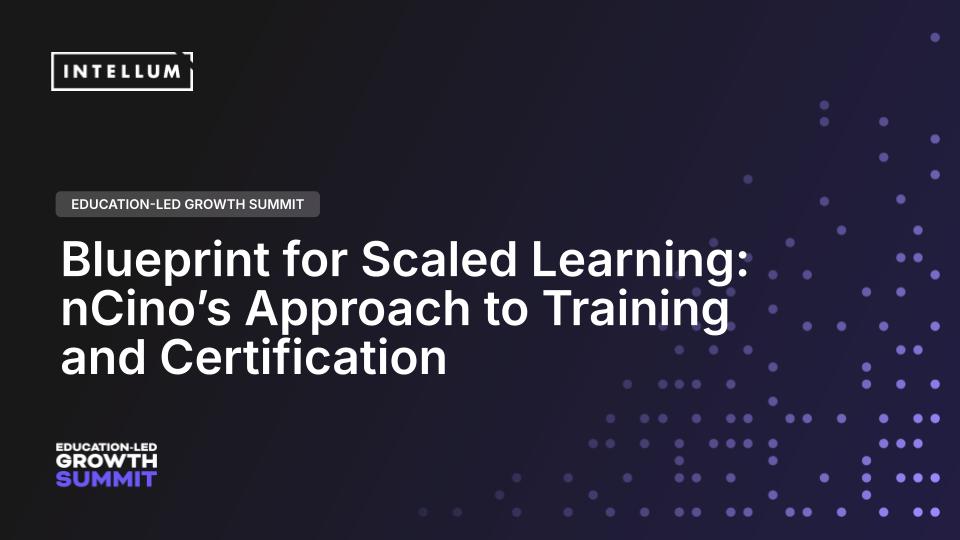Welcome and Introduction
The recent webinar in the "Underscore" series focused on a pressing topic within the realm of education: developing an effective customer education strategy. This series aims to illuminate the world of educational tools and strategies, offering practical insights that participants can directly apply to enhance their educational programs and business operations.
Understanding Strategy
To begin, the concept of a "strategy" was discussed in detail. Greg Rose, Intellum's CXO, emphasized the complexity of strategy, noting its varied interpretations across hierarchical levels—from instructional designers to C-suite executives. Doug Pichu, founder and CLO of Fresh Cognate, further clarified this concept, urging participants to define what success means to them and their company. As he put it, "The key part of strategy that makes it successful is… defining what success is really the biggest challenge."
Building a Strategy
Doug Pichu detailed the process of building a successful education strategy, which he likened to relationship building. He noted that strategies must clearly define success and measurement methods that align with business objectives. Doug captured this thought succinctly: "A strategy should… connect all of your learning and measuring to your business objectives."
Essential Relationships
Effective strategies hinge on robust relationships with key stakeholders—customers, leadership, and product teams. Participants were advised to seek collaboration opportunities, such as working with internal experts to refine curriculum relevance. This creates intrinsic buy-in and ensures that educational content remains applicable and impactful.
Socializing the Strategy
Socializing the strategy across teams and aligning it with existing resources was another focal point. Doug encouraged educational leaders to engage with product teams, leaders, and customers regularly, ensuring broad organizational buy-in. His approach is rooted in the belief that "education is an avenue to advance whatever other initiatives that might be out there."
Measuring and Evaluating
A significant section of the webinar discussed the importance of tying education initiatives to business goals like retention and revenue while emphasizing measurable impact. Doug shared that strategy documents are not only for planning but also serve as crucial evaluation tools, illustrating performance connections to corporate objectives.
Handling Objections and Adaptations
The webinar concluded with practical strategies for handling ad-hoc requests and adapting education plans dynamically. Doug suggested treating educational initiatives like product management—prioritizing requests, reflecting feedback, and collaborating on mutual goals as a means of advocacy across various departments. This collaborative approach fosters innovation and keeps the educational plans aligned with broader organizational objectives.
Final Takeaways
Throughout the webinar, engaging interactions and insightful questions from the audience enriched the dialogue. The guest speakers successfully mapped out a pathway for developing impactful educational strategies that nurture collaboration, strategic alignment, and organizational growth.









